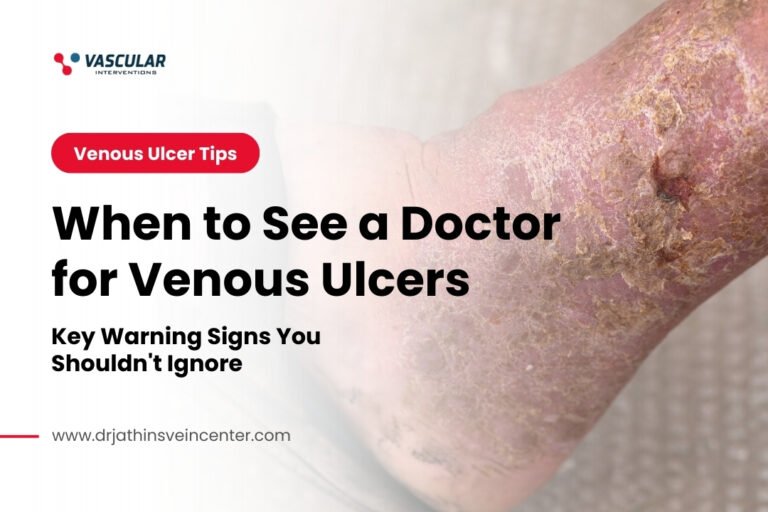Introduction
It is important to know how to identify and treat blockages in your legs, so you can reduce your risk of developing serious conditions like diabetic gangrene. These blockages are often caused by hardened plaque in the arteries of the leg. This plaque is a buildup of cholesterol and other fatty deposits, which hardens over time. This buildup reduces blood flow to the leg and can lead to infections, ulcers, and even amputation.
A blocked artery is described as a narrowing of the blood vessel that can lead to serious health complications, such as blood clots and death. There are two types of blockages, atherosclerosis and thrombosis. Atherosclerosis is caused by plaque buildup in the arteries, whereas thrombosis can be caused by clots that form over time.
If you feel discomfort in your leg, it is important to see a doctor. Blocked arteries can lead to serious complications such as blood clots and death.
Blocked arteries are one of the most common causes of leg pain, which can be identified by numbness, tingling, or cramping. This article will show you what you need to know about blocked arteries and the treatments for this condition.
Symptoms of Diverse Causes
Blocked Artery is a condition that constricts the flow of blood from the heart to other parts of the body. The narrowed artery creates a back-pressure which can lead to a lot of problems including angina, chest pain, and even death.
A blocked artery can be very dangerous and can lead to many other health problems. Atherosclerosis is the blockage of an artery by cholesterol (fat) or other substances that may lead to heart attack or stroke. Blockages in the arteries that supply the brain, kidneys, intestines, fingers, toes, arms and legs can also occur.
One symptom of a blocked artery is the pain experienced in the lower leg, which is also called intermittent claudication or claudication pain. The other symptoms are shortness of breath, palpitations, chest pain, dizziness and increased heart rate.
Treatments for Your Condition
Peripheral artery disease, or PAD, is a condition in which the arteries become narrowed or blocked, typically in your legs. PAD can lead to serious complications if left untreated. Symptoms of peripheral artery disease include pain in your legs when you walk, cramping, heaviness, soreness and numbness of the toes. If you have these symptoms then it’s important that you see your doctor as soon as possible. These symptoms may be signs of a serious condition.
PAD is a condition caused by reduced blood flow to the extremities. Typically, PAD is caused from blockages or from atherosclerosis. The severity of the disease, how severely you are affected, and what other medical conditions you may have will determine what sort of treatment is appropriate for you.
Peripheral artery disease is a silent killer. This condition not only affects the heart but also the limbs. It can be hard to diagnose because it doesn’t always cause any symptoms. But, when it does, one of the best ways to diagnose this disease is by performing an ultrasound scan. The ultrasound scan will show an obstruction in your peripheral arteries that transports blood to your limbs and other organs. It also helps to identify the different treatments that are available for this condition.
It is always better to diagnose the peripheral artery disease early on, as it can help in treating it with more efficiency. Early diagnosis will also help in preventing further complications that might arise later on. The best treatment for this condition depend upon your symptoms and other heart related issues that you might have.
Your doctor will typically diagnose your illness based on your symptoms and medical history. Doctors use standardized guidelines for diagnoses, so they’ll compare your symptoms against the list of possibilities to find the best match.
Treatment options for chronic pain are varied and depend on the severity of the condition. Lifestyle changes, restorative surgery, medications, and in rare cases when all else fails – peripheral artery bypass grafts or percutaneous transluminal angioplasty are all viable treatment options to help reduce or eliminate chronic pain.
Conclusion
The treatment for blocked arteries in legs can be done by surgery, angioplasty, and stents. But if you have peripheral artery disease or PAD, your doctor may recommend lifestyle changes and medication to help improve your symptoms and slow the progression of the disease.
There has been a rise in the number of people diagnosed with peripheral artery disease (PAD) in recent years. The condition can lead to diminished blood flow and pain in the legs when walking. The treatment for PAD is not always clear cut and it is often up to the individual doctor to decide what course of action they will take. Some doctors still recommend surgery for severe PAD but there is not enough evidence to show that surgery is better than other treatments for PAD.





